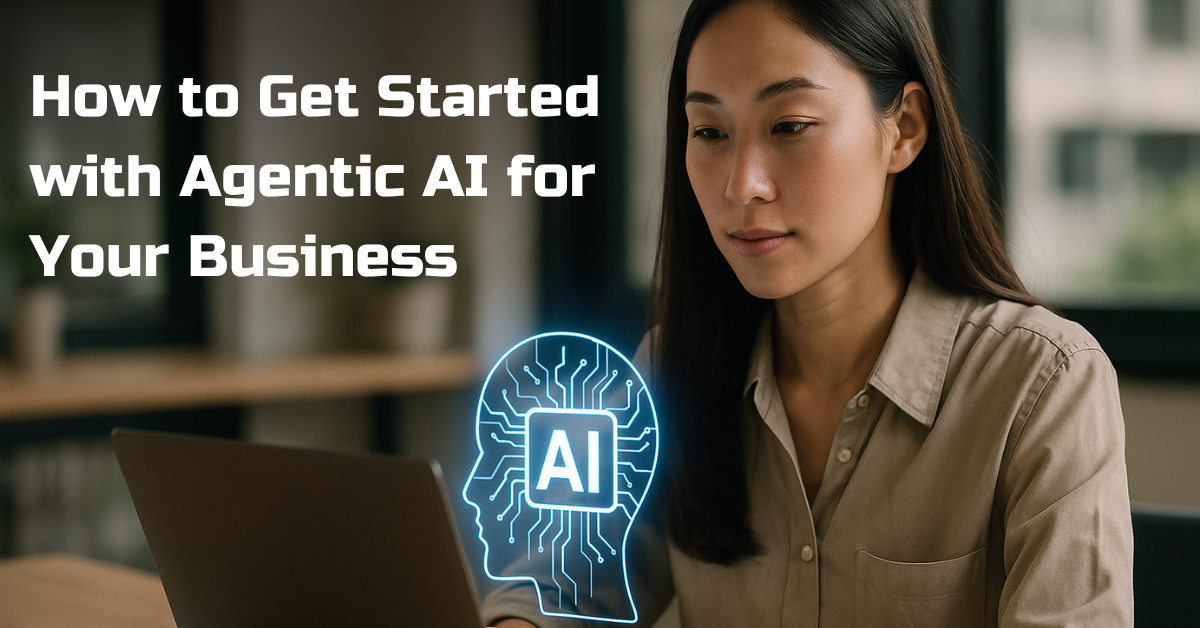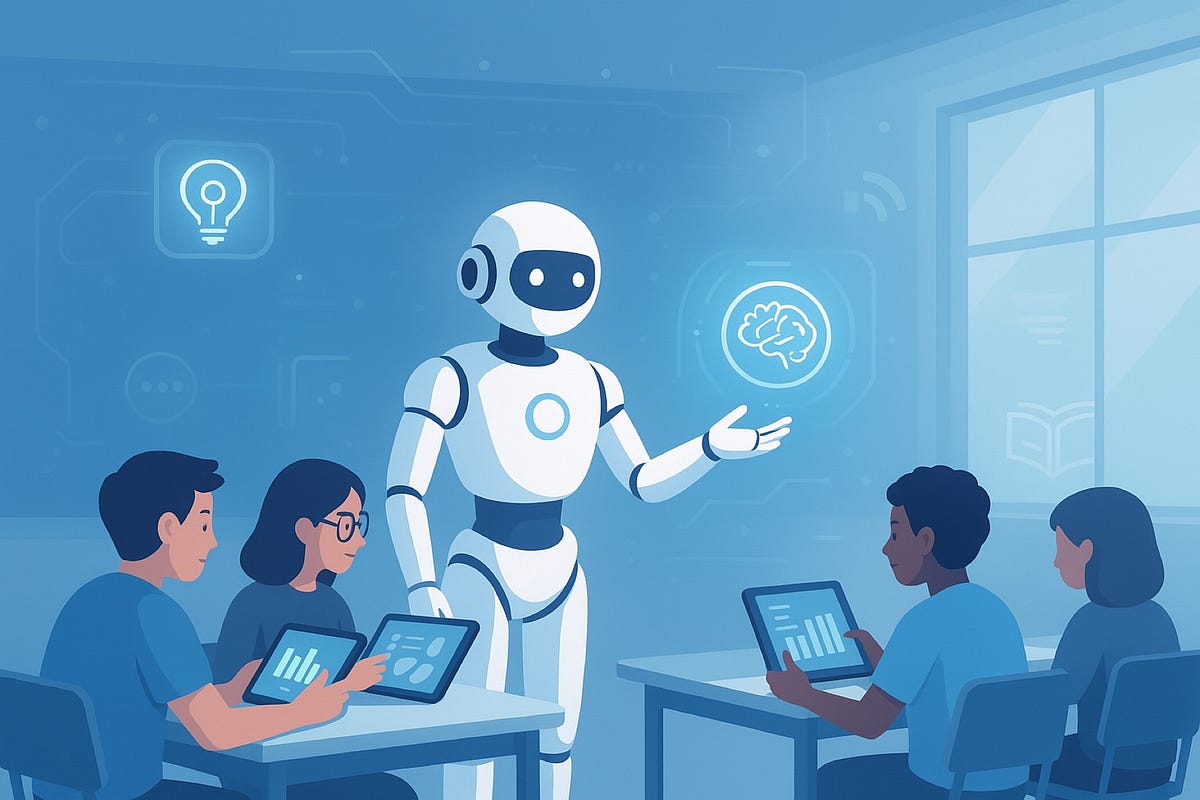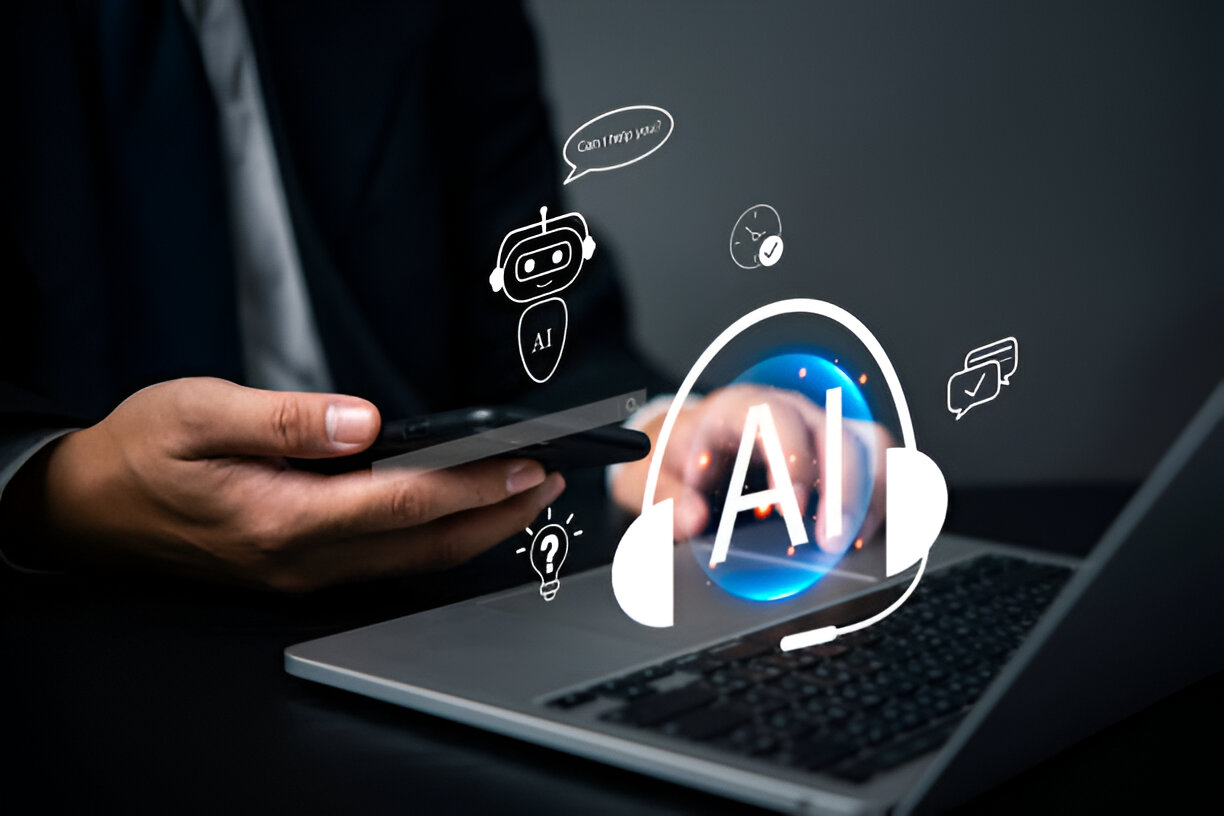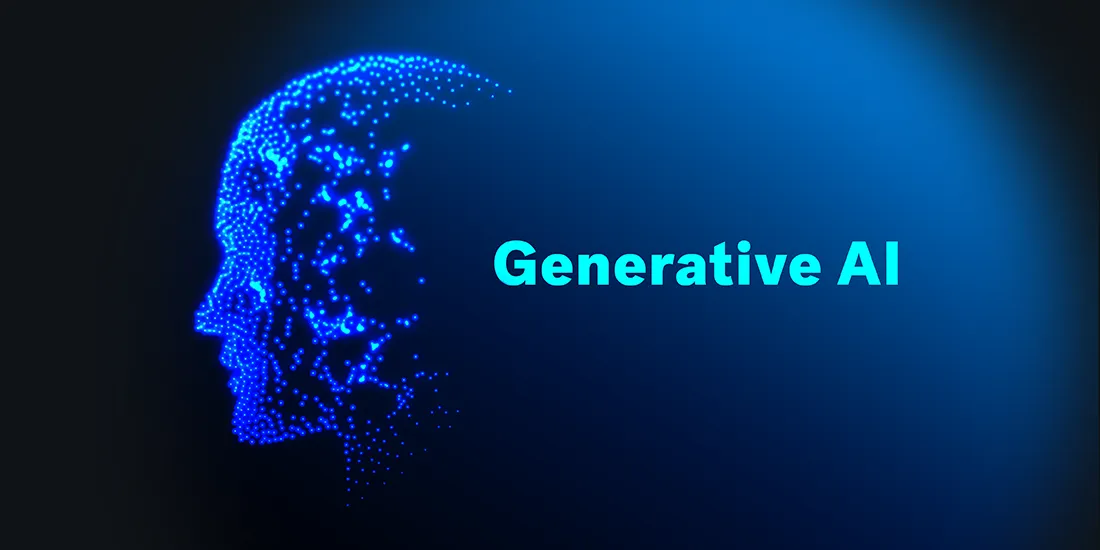At the age of digital change, there is data oil, and future analytics is a refinery. Today, businesses are no longer satisfied with knowing what has already happened. Instead, they want to know what will happen and will work before the contestants. This is the place where future analytics comes. AI Forecasting in 2026, operated by machine learning and advanced data models. So, how does the future analysis actually work? Why does it matter to decision makers? And what does the future look like in 2026? Let’s dive into knowing more.
Table of Contents
ToggleWhat are Ai Predictive Analytics and Why Does It Matter?
- Smarter decision-making: More than 56% of businesses report that future analytics have helped them to make fast and confident decisions.
- Operational efficiency: By forecasting needs and risks, organizations can reduce waste and increase resources by 64%, thereby enhancing productivity.
- Stronger financial performance: More than half of the companies have reported high revenue and reduced costs by applying forecast analytics.
- Opportunity discovery: Future -staging models can reveal invisible patterns to the human eye, which can help firms tap new customer segments and revenue currents.
Competitive advantage: With data-powered foresight, businesses can quickly adapt to market changes and improve rivals.
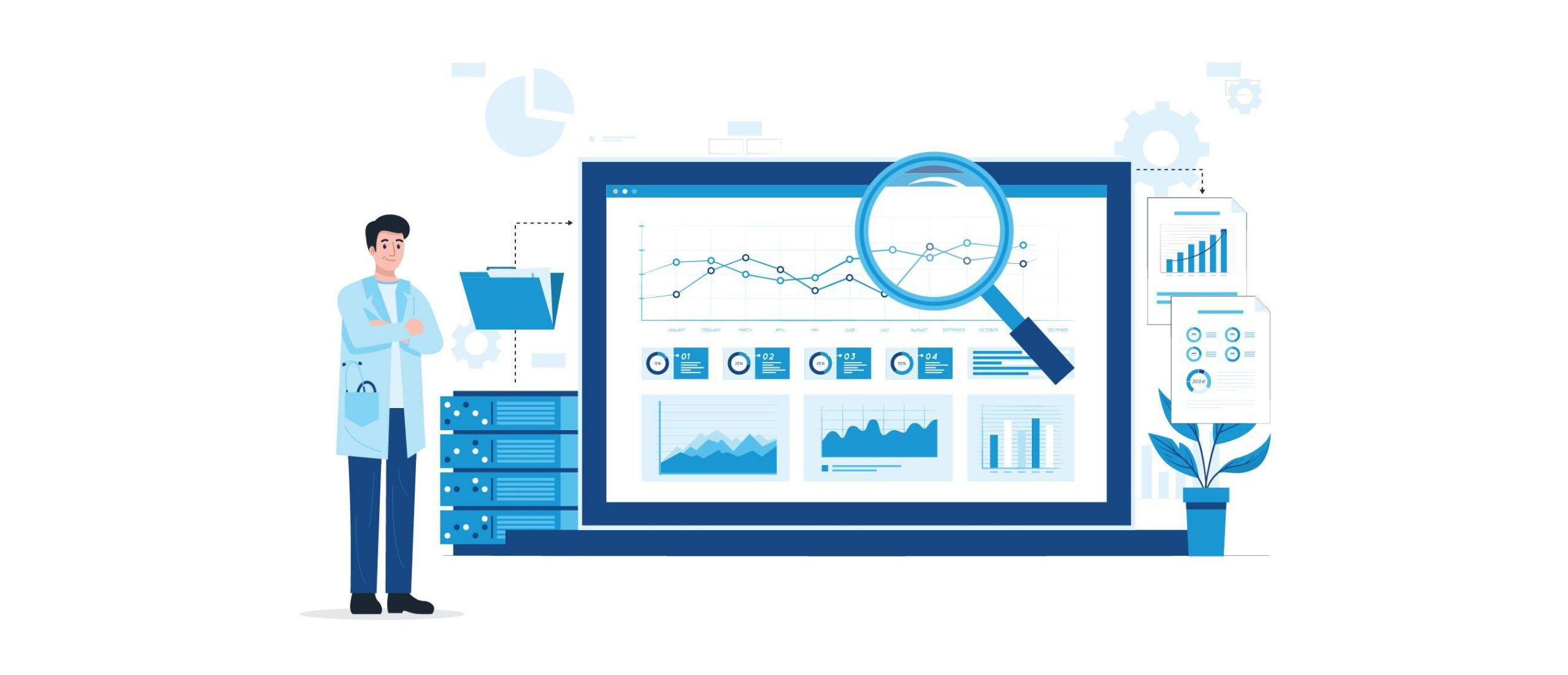
How Ai Predictive Analytics Works?
- Data Collection – Collect data from relevant sources such as CRMS, sales reports, IOT sensors, or social media platforms.
- Data Preparation – Clean and organize data to ensure accuracy. Such as the standardized date, remove the duplicates, and classify the text input.
- Model Building – Models are created using building-anxious or AI-operated platform methods. Recovery to add historical input, decision tree, or neural network.
- Validation – The model is tested against previous data to check accuracy. If the predictions remember the mark, the adjustment is made.
- Deployment – Once it is reliable, models are integrated into dashboards and professional devices to provide real-time forecasting.
- Continuous Learning – The models adapt themselves, ensuring that predictions are accurate and actionable.
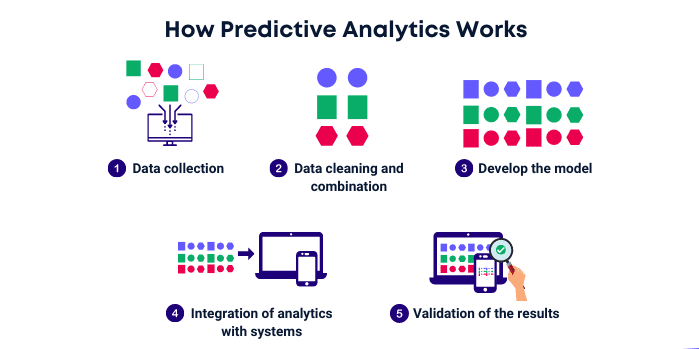
How Ai Predictive Analytics Improves Business Performance?
- Proactive problem-solving: Cut up to 50% in forecasting maintenance using manufacturers.
- Optimized inventory and supply chain: To avoid expensive oversupply, retailers can accurately forecast demand.
- Customer targeting: Marketing teams estimate what customers want further, promote engagement, and conversion.
- Customer retention: Predictive model spots churning risk quickly, leading to time to connect businesses.
- Fraud detection and risk management: Banks and Fintech firms detected suspicious patterns before moving to a loss.
- Strategic planning: Finance teams use a rolling forecast for revenue and expenses, making the budget more reliable.
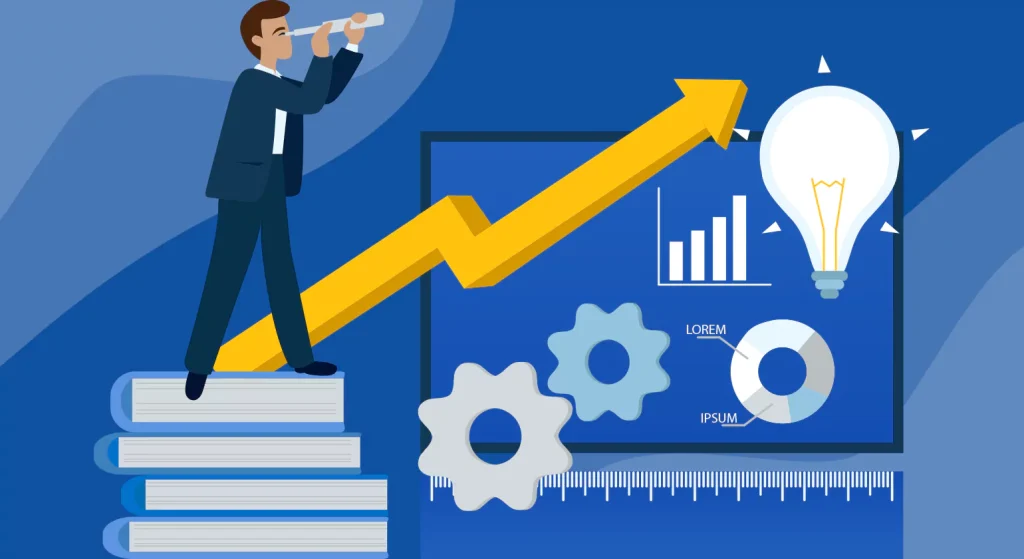
Predictive Analytics Use Cases Across Industries
- Nonprofits: By analyzing, non-profit institutions can predict when and how much donors will re-raise money for the efficiency of raising. They also use it to estimate community needs, ensuring that resources are allocated where they are needed.
- Utilities: Energy provider uses sensor data to predict grid failures before forecasting energy. This prevents blackouts and improves cost efficiency.
- Manufacturing: Future -staging analytics powers maintenance, reduces downtime, improves product quality, and forecasts raw material demand.
Finance: Banks predict credit risks, detect fraud in real time, and predict market trends. Corporate Finance teams use rolling predictive models to avoid budget shock and plan investment.
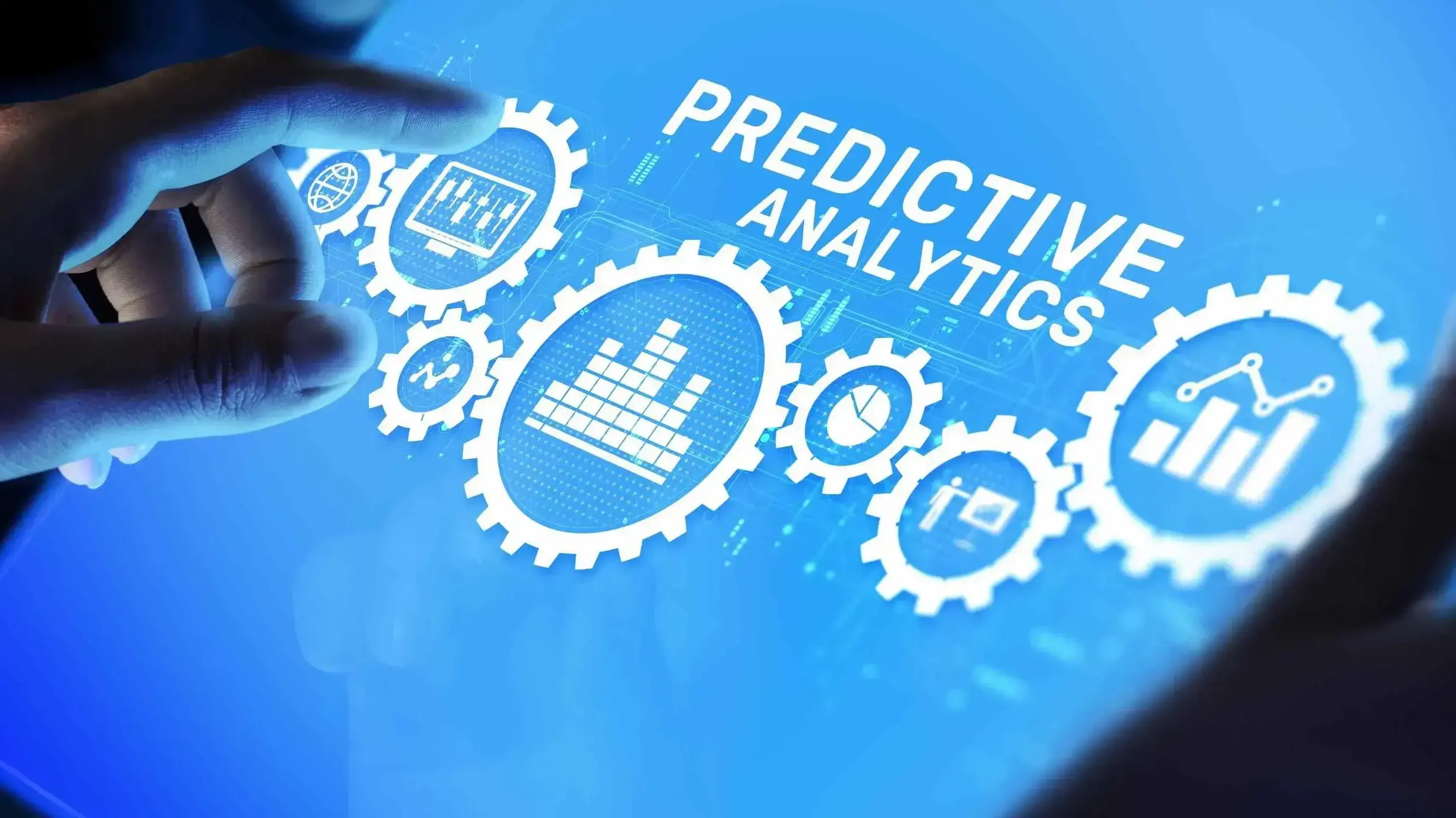
The Future of Ai Predictive Analytics in 2026
- AI-first forecasting tools: Automated future analytics platforms run by AI development solutions will allow non-experts to model and interpret.
- Real-time predictions: Instead of stable quarterly forecasts, businesses will rely on constant, real-time predictions that update as new data flows.
- Integration with IoT and edge devices: For homes connected to smart factories, the future models will directly process live data at the source.
- Explainable AI: To remove concerns about transparency, businesses will use models that can explain “why” and “what” they can explain.
Privacy and ethics at the forefront: With the tightening of the rules, companies will need to balance the future power with data privacy, fairness, and compliance.
Getting Started with Predictive Analytics
- Set clear goals: Define the problem, churn, demand, fraud, or cost that can be addressed with future analytics.
- Audit your data: Make it clean, organized, and relevant. Without quality data, predictions will be flawed.
- Choose the right tools: Start with accessible solutions such as Power BI, Azure ML, or Dynamics 365.
- Run a pilot project: Start selling small and predict for an area or analyze the brainstorm for a superior of customers.
- Measure and refine: Compare the predictions with real results, then fix your model.
- Scale gradually: Once proven, expand the future analysis into more commercial areas.
Prioritize privacy and fairness: Create a model responsibly, respect data privacy, and avoid prejudice.



